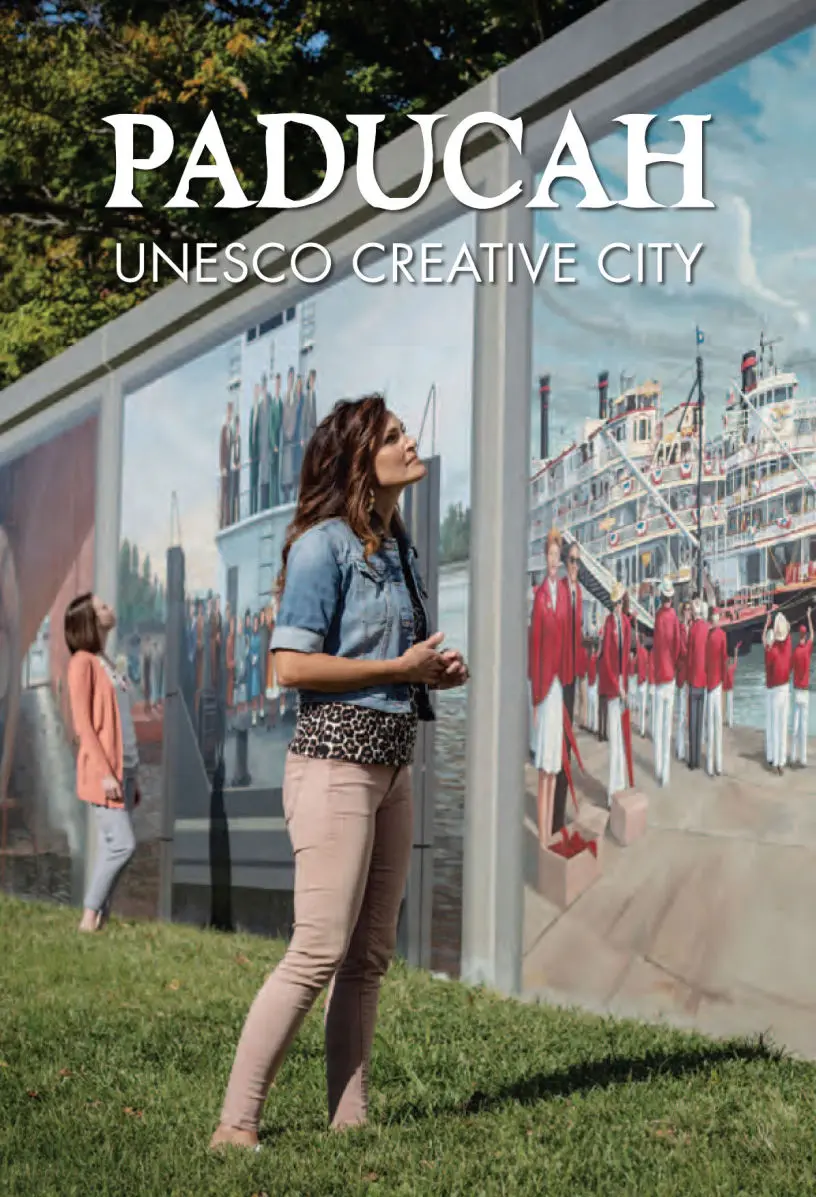Discover Paducah: Where History, Culture, and Natural Beauty Converge
Welcome to Paducah, Kentucky, a city nestled in the western part of the Bluegrass State where the Ohio and Tennessee rivers meet. This charming city is part of the Midwest United States, stretching its roots into the fertile soils of history, culture, and unparalleled natural beauty. When flying into Paducah, your eyes would be greeted by an array of blues and greens, with the rivers weaving their path through the verdant landscapes. The view showcases the city's unique topography, marked by gentle rolling hills, lush woodlands, and the sparkle of numerous surrounding lakes.
Paducah has garnered national recognition in the U.S. News & World Report for its impressive arts scene, owing to its status as a UNESCO Creative City of Crafts and Folk Art. The city is particularly known for the National Quilt Museum, a destination that attracts visitors from across the globe and embodies the community's dedication to craftsmanship and artistry.
Interesting facts about the city abound. Did you know Paducah was named after the legendary Chickasaw leader Paduke? It’s true! The city's history is deeply woven with the fabric of the indigenous culture, a heritage that enriches the community's sense of identity. Furthermore, Paducah is just a short drive away from the Land Between the Lakes National Recreation Area, offering an oasis of natural wonders and outdoor activities that range from hiking, camping, boating, and wildlife viewing.
The climate in Paducah provides an ideal balance of all four seasons. Expect warm, sunny summers and mildly cold winters, with an average of 218 sunny days per year. The region's temperate weather allows for outdoor activities and explorations almost all year round.
As for local businesses, Paducah is home to a flourishing economy, with industries such as healthcare, logistics, and manufacturing playing significant roles. The city's downtown is particularly lively, offering a plethora of dining, shopping, and entertainment options that attract locals and tourists alike.
Situated strategically in the region, Paducah is within reasonable driving distance to popular destinations like Nashville, Tennessee (130 miles away), and St. Louis, Missouri (170 miles away). For those looking for international connectivity, the nearest international airport is Nashville International Airport, which offers an array of non-stop direct flights to major cities across the globe.
People are attracted to Paducah for its vibrant community, commitment to arts and culture, its pristine natural surroundings, and its advantageous location. It offers an ideal balance between small-town charm and big-city amenities, and the strong sense of community makes it an attractive place for anyone considering a move. As a physician, Paducah presents an opportunity to serve a diverse and engaged community that values health and wellness.
